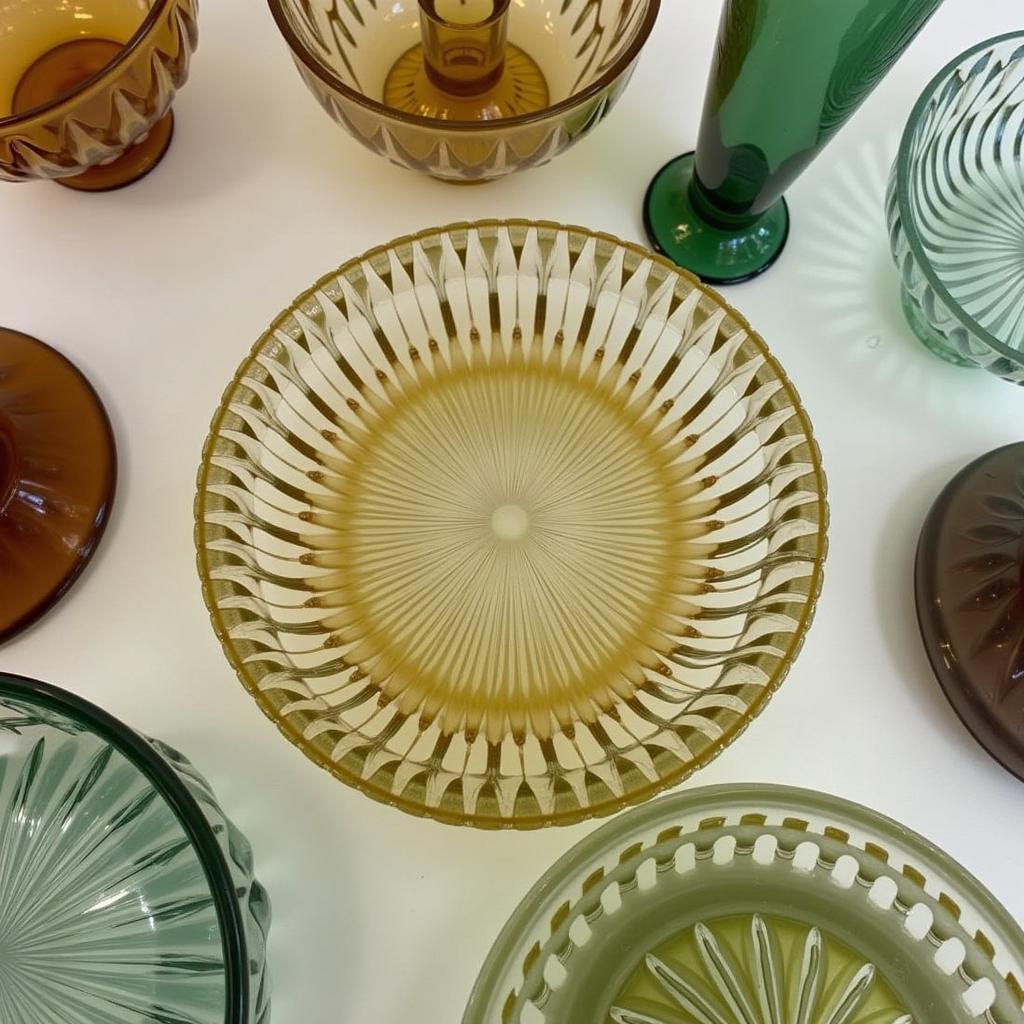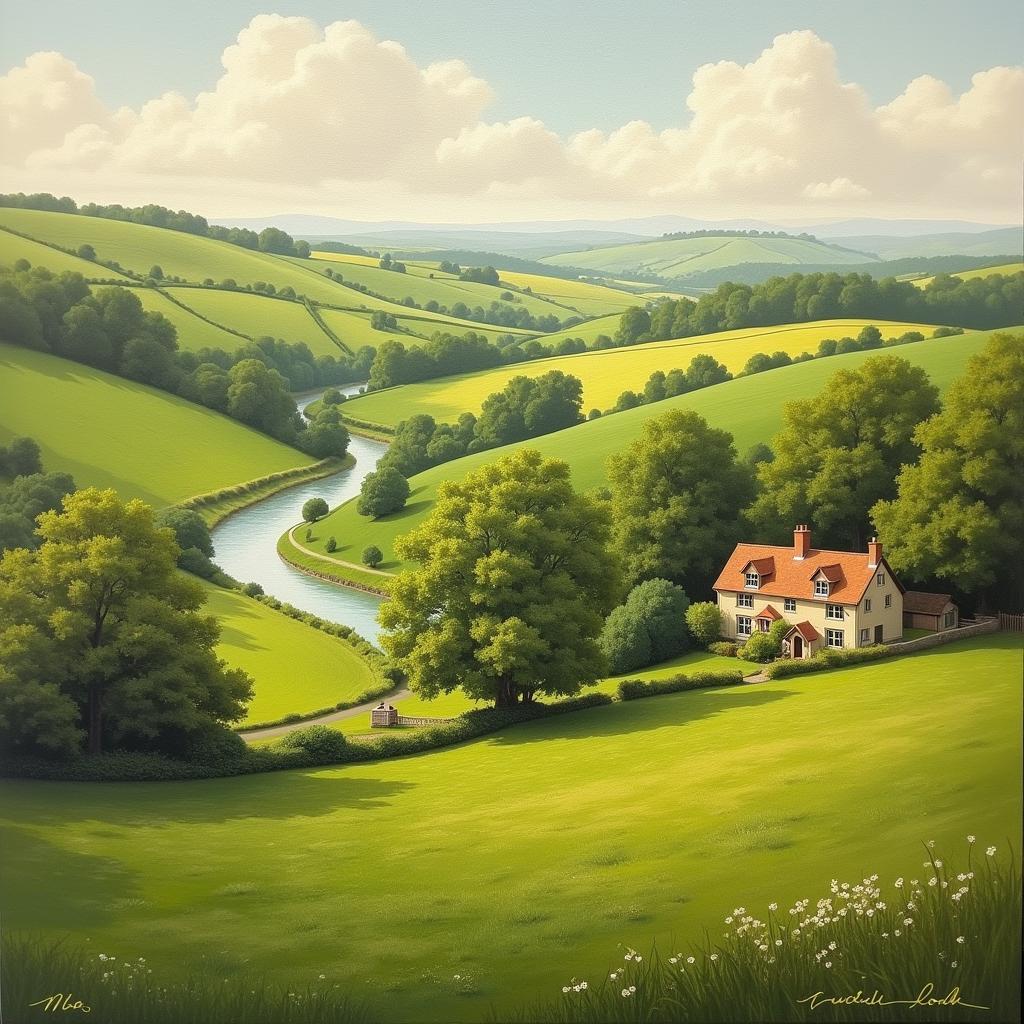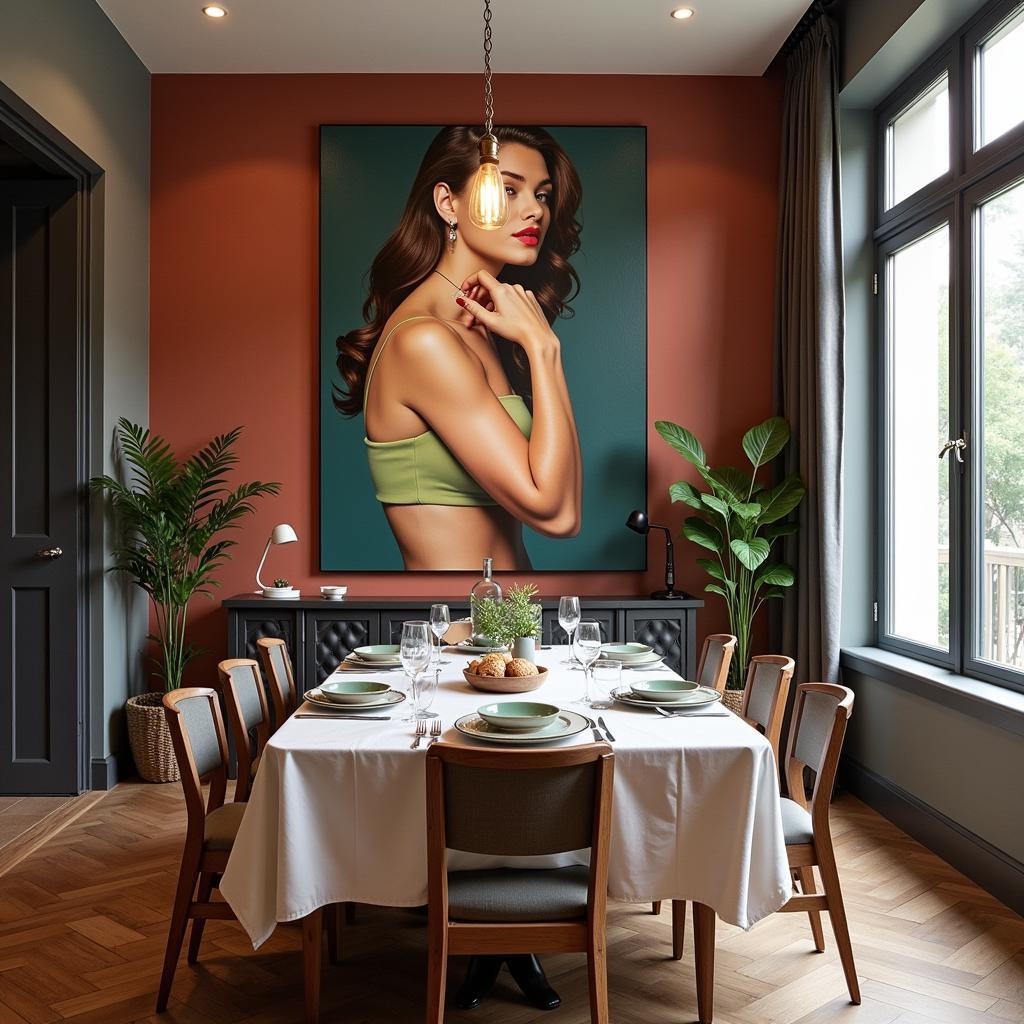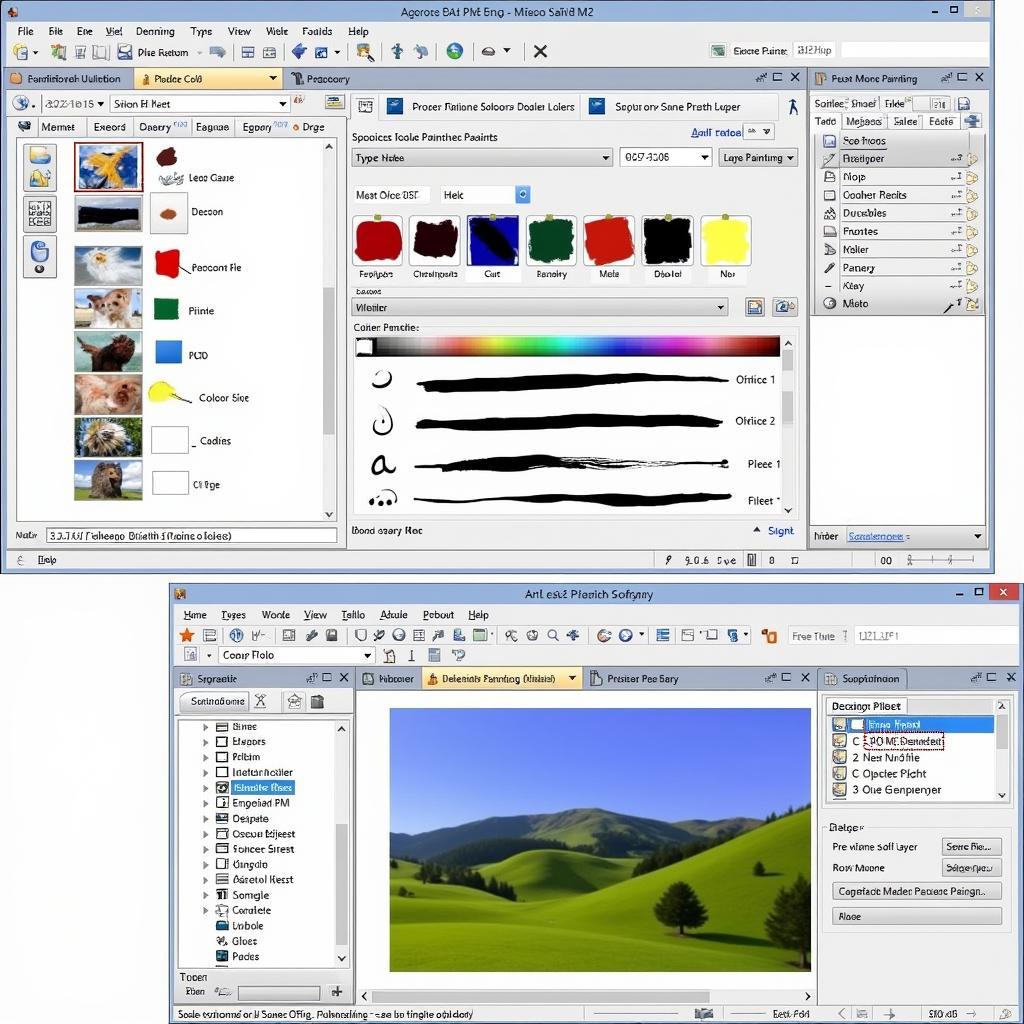The Timeless Allure of Art Deco Glass
Art Deco Glass, a shining beacon of the 1920s and 30s, continues to captivate with its geometric elegance and luxurious craftsmanship. From the dazzling chandeliers of grand ballrooms to the delicate etched vases adorning intimate spaces, Art Deco glass embodies a unique blend of artistry and modernism. This article delves into the fascinating world of Art Deco glass, exploring its history, defining characteristics, and enduring influence on contemporary design.
 Art Deco Glass showcasing intricate geometric patterns
Art Deco Glass showcasing intricate geometric patterns
Defining the Art Deco Glass Aesthetic
What distinguishes Art Deco glass from other styles? Its bold geometric shapes, rich colors, and intricate detailing set it apart. Think sharp angles, symmetrical designs, and stylized floral motifs. Common patterns include sunbursts, chevrons, zigzags, and stepped forms, often combined with frosted or clear glass to create a sense of depth and dimension. The use of vibrant colors, such as emerald green, sapphire blue, ruby red, and amber, further enhances the luxurious feel. Craftsmanship was paramount, with techniques like etching, enameling, and molding employed to achieve exquisite detail and a high level of artistry.
 Art Deco glass vase with stylized floral motifs.
Art Deco glass vase with stylized floral motifs.
A Journey Through Time: The History of Art Deco Glass
Art Deco glass emerged in the aftermath of World War I, reflecting a societal shift towards optimism, modernity, and a celebration of industrial progress. The style drew inspiration from various sources, including ancient Egyptian art, Cubism, and Fauvism, resulting in a unique fusion of traditional and contemporary influences. Initially popular in Europe, particularly France, Art Deco quickly spread across the globe, influencing architecture, furniture, fashion, and of course, glassware. The art deco glass shade became a popular choice for lighting fixtures during this period.
The Golden Age of Art Deco Glass: 1920s – 1930s
The 1920s and 30s marked the golden age of Art Deco, with master glassmakers like René Lalique and Marius-Ernest Sabino pushing the boundaries of creativity and innovation. Their exquisite creations, from perfume bottles and vases to art deco glass light shades and sculptures, became highly sought-after symbols of luxury and sophistication. The streamlined forms and geometric precision of Art Deco perfectly captured the spirit of the Jazz Age, a period of unprecedented social and cultural change.
Why is Art Deco Glass Still Popular Today?
The enduring appeal of Art Deco glass lies in its timeless elegance and ability to seamlessly blend with various interior styles. Whether used as a statement piece in a modern setting or as a touch of vintage charm in a traditional space, Art Deco glass adds a touch of glamour and sophistication. Collectors appreciate its historical significance and artistic merit, while interior designers often incorporate Art Deco elements to create a sense of timeless luxury. A beautiful art deco glass bowl can instantly elevate a dining room table, while a pair of art deco glass candlesticks can add a touch of vintage glamour to a mantelpiece.
“Art Deco glass is more than just a decorative object; it’s a piece of history that continues to inspire and delight,” says renowned art historian, Dr. Eleanor Vance. “Its timeless beauty transcends trends, making it a valuable addition to any collection.”
Conclusion: The Enduring Legacy of Art Deco Glass
Art Deco glass remains a testament to the power of artistic innovation and the enduring appeal of timeless design. From its bold geometric patterns to its luxurious craftsmanship, Art Deco glass continues to capture the imagination of collectors and design enthusiasts alike. Investing in a piece of Art Deco glass is not only acquiring a beautiful object but also a piece of design history.
FAQs
-
What are the key characteristics of Art Deco glass? Geometric shapes, rich colors, and intricate detailing are hallmarks of Art Deco glass.
-
When was the Art Deco period? The Art Deco period flourished primarily during the 1920s and 1930s.
-
Who are some famous Art Deco glass designers? René Lalique and Marius-Ernest Sabino are among the most renowned Art Deco glass artists.
-
Where can I find authentic Art Deco glass? Antique shops, auction houses, and specialized dealers are good places to start your search.
-
How can I incorporate Art Deco glass into my home decor? Art Deco glass can be used as statement pieces or incorporated subtly through lighting fixtures or decorative accents.
For further assistance, please contact us at Phone Number: 02462573573, Email: [email protected] Or visit our address: Savico Megamall, 7-9 Đ. Nguyễn Văn Linh, Gia Thụy, Long Biên, Hà Nội 10000, Việt Nam. We have a 24/7 customer service team.


